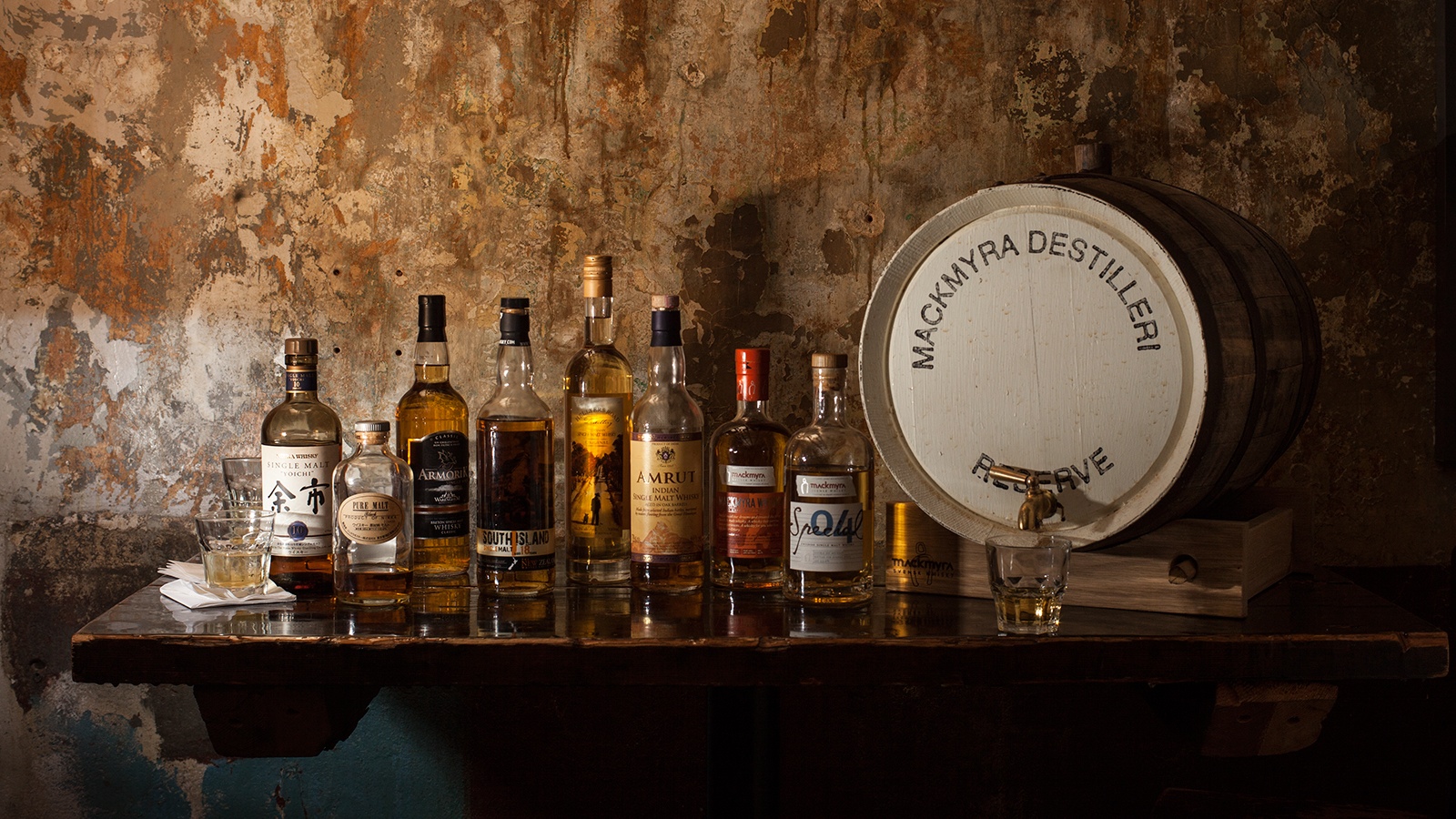The best Scotch this side of Stockholm
Sweden’s excellent Mackmyra single malt is matched only by Tasmania’s, or India’s
Reena Newman
Share

Something highly unusual caught my eye and then my fancy last month at a tavern named Ceili Cottage in the up-and-coming Leslieville district of Toronto. It was a Swedish single malt named Mackmyra. What’s more, it was not in a bottle, but in a spouted oak cask—a storage vessel that mimicked that of its birth. “They call it the ‘Living Cask,’ ” tavern owner Patrick McMurray confided to me as he poured off a dram, or a dräm, or whatever they call it in aquavit country. “Because the whisky keeps developing inside it.”
Indeed, whisky would not taste of anything good if it were not for its time in the oak barrel, and the evolution of flavour that results from that contact never stops— until they are separated, and the whisky ends up in a glass bottle or tumbler. This is where the story of this particular Mackmyra gets a little strange. For while I have sampled plenty of whisky direct from cask before—at distilleries, and now and then, in a friend’s cellar, this batch of whisky was different. Because it was not in fact still dwelling in the cask in which it gestated—rather, it was a transplant. Or if you will, a test-tube whisky.
“Only because it’s illegal to import and sell whisky direct from the cask in Ontario,” McMurray explained. So what he must do to get around that is to import an empty cask direct from the Mackmyra distillery, in Gävle, two hours north of Stockholm. Then, pop down to the local LCBO and buy a dozen-odd bottles of “Mackmyra: the First Edition,” with which to refill it.
As it comes in the bottle, the whisky is lovely; it is pleasantly fruity with good nutty, caramel notes, and a bright, citrusy finish. Give it some extra time in a cask like the one at Ceili Cottage, and it will take on new woody notes surprising swiftly.
If my recommendation does not cut it for you, note that the Mackmyra Distillery’s awards are too numerous to list here. Their number includes the ultimate: a nod from the redoubtable Jim Murray as “European whisky of the year,” in recognition of 2010’s release of the First Edition’s stablemate, Brukswhisky (the Swedish Whisky).
Not bad for a brand hatched by a handful of friends on a ski trip, bonding over a bottle of Scotch. That was in 1998. The distillery launched 10 years later—with a female master blender at the helm (Angela d’Orazio). Much like at another of my preferred young distilleries in unlikely places: Lark, of Tasmania, where founder Bill Lark’s daughter Kristy is in charge of the distilling and blending, and does so to laudable effect. For example, in its 17th year, collecting the “best other single malt whisky” trophy at the 2009 World Whisky Awards in London.
“Other”—not from Scotland or Ireland—is becoming a crowded field. If, like me, you think that’s good, thank the Japanese. They began commercial production of Scottish-style blended whisky between the wars, and by the 1980s were displaying their customary knack for subtly improving on the ideas of others, and producing single malts that many consider to be the finest available anywhere. If you doubt that, track down a bottle of Hakushu 25-year-old. Or at roughly the same $100 price as their two-ounce sampler, a full bottle of Yoichi 10-year, which earned a rare 93-point blessing from Jim Murray.
Finding that some British habits died harder than other, India hatched a whisky distillery in its first year of independence. In 1948, the Amrut Distilleries opened their doors in Bangalore. Half a century later they pioneered the Indian single-malt category, first with a basic oak-aged malt, and then more dramatically with “fusion” malt, which combines Scottish and Indian barley, and in 2010 was proclaimed by Murray to be the third-best malt whisky in the world.
One can only hope for a little of the same success for our own Shelter Point Distillery on Vancouver Island, which hopefully this Christmas—and at latest, next summer—will release its first single malt, making it Canada’s second, a challenge to the disappointing Glen Breton from Glenora Distillery of Nova Scotia. Regardless, as I always say about malt whisky: the more the merrier.